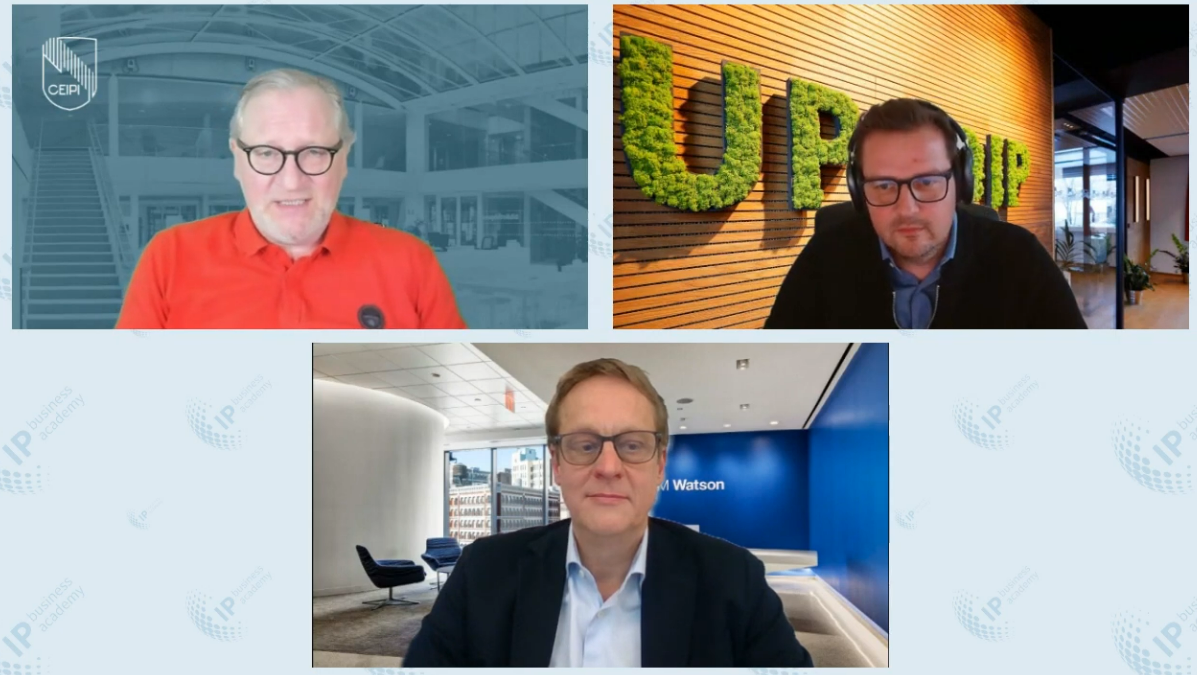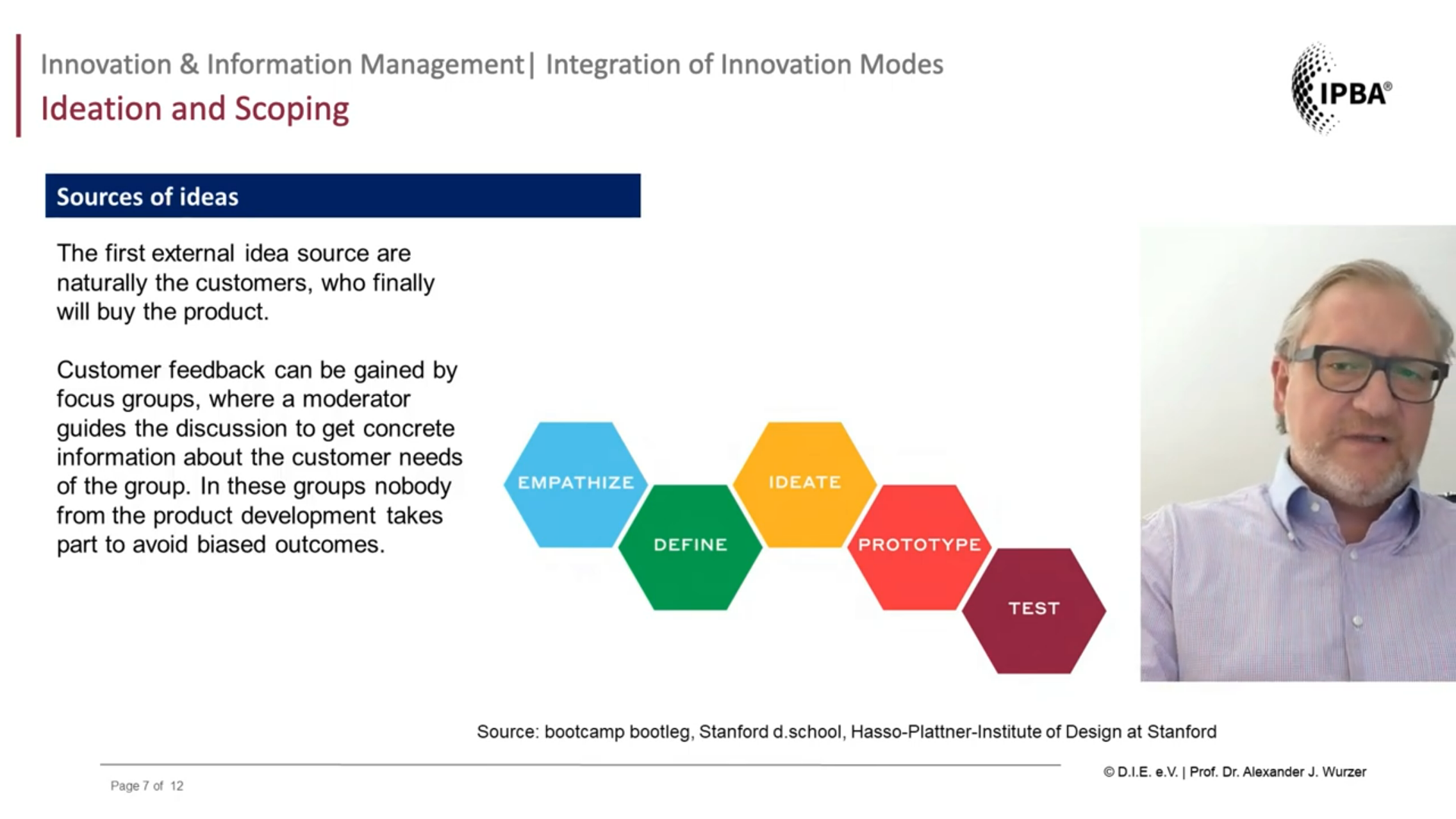
Artificial intelligence (AI) is no longer a futuristic fantasy; it’s actively reshaping the landscape of innovation👉 Practical application of new ideas to create value., driving a revolution that’s transforming how we invent, design, and protect new ideas. From accelerating drug discovery to generating novel materials, AI is empowering researchers, inventors, and businesses to push the boundaries of what’s possible. It’s like having a tireless assistant that can analyse vast amounts of data, identify hidden patterns, and generate creative solutions, freeing up human minds to focus on the strategic and imaginative aspects of innovation.
White spot analysis
One area where AI is making a significant impact is in white spot analysis. Imagine a vast map of existing technologies, with clusters of patents representing areas of high innovation activity. White spot analysis is like finding the blank spaces on that map, the uncharted territories where there is little or no existing intellectual property👉 Creations of the mind protected by legal rights. (IP) protection. AI algorithms can analyse patent👉 A legal right granting exclusive control over an invention for a limited time. landscapes, scientific publications, and market trends to pinpoint these white spots, guiding companies toward promising areas for research and development with a higher potential for breakthrough discoveries and reduced risk👉 The probability of adverse outcomes due to uncertainty in future events. of patent infringement.
For example, imagine a pharmaceutical company seeking to develop a new drug for a rare disease. AI algorithms can analyse patent databases and scientific literature to identify existing treatments, their limitations, and potential areas for improvement. By pinpointing white spots in the patent landscape, the company can focus its R&D efforts on developing novel drugs with a higher probability of success and a stronger IP position.
Are you familiar with Daniel’s Live Talk about AI-assisted patent generation? Listen here to a brief audio overview:
Continuous Prior Art evaluation
AI is also revolutionizing continuous prior art evaluation, a critical step in the invention👉 A novel method, process or product that is original and useful. process. Prior art refers to any evidence that an invention is already known or publicly available, and it’s essential to assess prior art to determine if an invention is truly novel and non-obvious. Traditionally, prior art searching involved manually sifting through mountains of patents and scientific publications, a time-consuming and often incomplete process. Now, AI algorithms can analyse vast databases in a fraction of the time, identifying relevant prior art with greater accuracy and precision.
For instance, an inventor👉 A person who creates new devices, methods, or processes. developing a new type of solar cell can use AI tools to analyse existing patents and scientific literature, identifying any prior art that might challenge the novelty👉 Requirement that an invention must be new and not previously disclosed. of their invention. This allows them to proactively address potential issues in their patent application, increasing the chances of obtaining strong and enforceable patent protection.
Streamlined patent drafting processes
AI is also streamlining patent drafting processes, traditionally a labour-intensive and time-consuming task for patent attorneys. Natural language processing (NLP) tools can analyse invention disclosures, extract key information, and generate patent applications, including claims, descriptions, and summaries. This not only saves time and resources but also helps improve the quality and consistency of patent documents.
Imagine a patent attorney drafting a patent application for a new software invention. AI tools can assist in generating clear and concise claims, ensuring that the invention is adequately protected. This allows the attorney to focus on the strategic aspects of the patent application, such as developing a comprehensive IP strategy👉 Approach to manage, protect, and leverage IP assets..
AI-assisted ideation processes
Finally, AI is even being used to enhance ideation👉 Creative process of generating and developing new ideas. processes, the very heart of innovation. AI-assisted brainstorming tools can help inventors explore different concepts, identify potential solutions, and overcome creative blocks. By providing access to a wider range of information and perspectives, AI can stimulate creativity and lead to more innovative and impactful inventions.
For example, a team of engineers designing a new type of aircraft can use AI tools to explore different design parameters, analyse aerodynamic performance, and generate novel solutions that might not have been considered otherwise. This can lead to more efficient and sustainable aircraft designs, pushing the boundaries of aerospace engineering.
For more information on ideation and the role of IP, please watch the following video:
Who can profit from it
AI-assisted patent generation and invention processes offer benefits to a wide range of players in the innovation ecosystem👉 Network fostering innovation by collaboration and resource sharing.. Inventors and their patent attorneys can leverage AI tools to explore new ideas, analyze prior art, and draft patent applications more efficiently, potentially saving time and money. Companies, from startups to large corporations, can use AI to accelerate their R&D efforts, identify promising areas for innovation, and build stronger patent portfolios. This can lead to faster product development cycles, reduced costs, and a stronger competitive advantage. IP professionals, such as patent attorneys and agents, can use AI to automate tedious tasks, improve the quality of their work, and handle a larger volume of cases. Investors can use AI to assess the potential of new inventions and make more informed investment decisions. Even universities and research institutions can benefit from AI by accelerating the translation of research discoveries into patentable inventions and commercially viable products. Ultimately, AI-assisted inventing has the potential to democratize innovation, making it more accessible and efficient for everyone involved.
Get in contact with Daniel
Meet Daniel at the IP service world and unlock the full potential of AI for patent professionals. Learn everything about the AI tools available to boost your patent generation process and better assess the patent landscape as a whole to understand your competitve landscape.
To get in contact with Daniel you can simply send him an email.
Or use this form to give him feedback on your interests or your specific questions:

